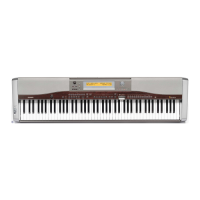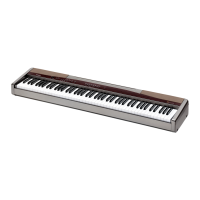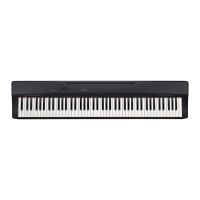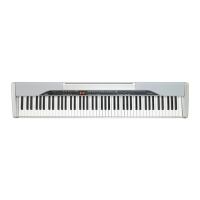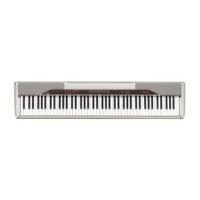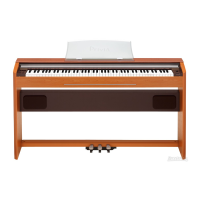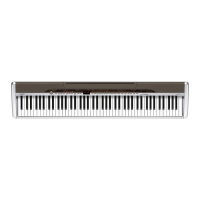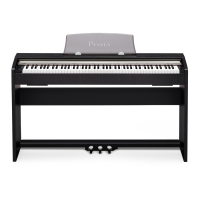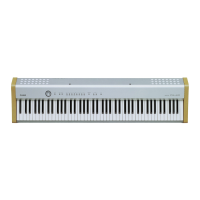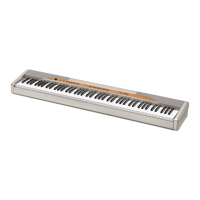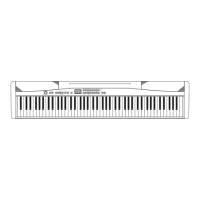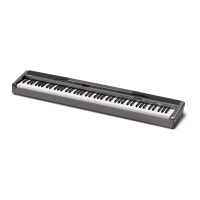What to do if when connected to a computer over a MIDI connection, playing on the keyboard produces unnatural sounds on my Casio Electronic Keyboard?
- RrrichardsonSep 9, 2025
If playing the keyboard produces unnatural sounds when connected to a computer, the computer’s MIDI THRU function might be turned on. Turn off MIDI THRU on the computer, or use the digital piano’s CONTROL button to turn off Local Control.
